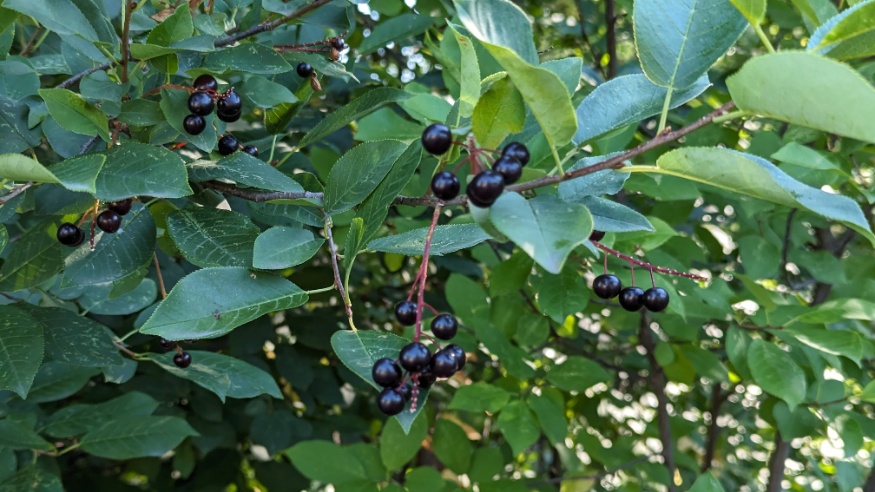Growing Wild Berries From Seed

Wild berries are a valuable forage item both for food and medicine, but what about growing them? Though some are easier than others, most can be easily propagated for the home garden, field, or property's edge. Here are two methods of growing wild berries from seed, presuming you've already gathered some in the late summer or fall. Method #1 is easier while method #2 involves extracting the seed if you need to store them or propagate them as seed starts or "plugs" for example. The fruity membrane or "flesh" of the berry or fruit inhibit germination, so extracting it is needed in order for seeds to sprout. Each method removes the fruity flesh in different ways.
@naturewithus_ Growing wild berries from seed #nativeplants #seedsaving #foraging ? Beautiful and emotional instrumental music(1044200) - MaxRecStudio
Method #1, Fermenting Simply place berries directly in soil or potting mix and keep them outside for the winter. This can be as simple as planting the whole ripe berry directly in the ground and letting it grow from there. Microbes in the soil naturally ferment the fruit away, releasing the seed(s) within. The drawbacks are potential animals digging them up, and what about berries that have dozens of seeds per fruit? Since they're planted in one place, crowding is likely to happen, only one or two plants may survive per berry.

I like to assist the seed survival a little by fermenting them in bags then placing the bags in a storage bin outside for the winter. Occasionally checking on them to make sure the soil is moist is all that really has to be done during storage. Closer to spring, fruit flesh will be completely decomposed and the seed-filled soil mix can be spread over a propagation tray. Rooted seeds will then need to be transplanted out to give them space to grow individually.
Method #2, Extracting For this method, the seeds will be physically extracted. As mentioned, you'd need to do this if you want to store the seeds themselves or need more control over planting individual plants. Make sure the seeds are ripe, it also helps to let them sit a couple days after you pick them.

Soak the seeds in water and macerate them. Use a blender of some kind, this can be a hand held or stationary. You can file the blades down to avoid damaging the seeds but most people don't have a spare blender lying around to ruin, and I find the damage is usually minimal.
Once blended, add water. Floating pulp and less viable seeds can be poured off, while more viable seeds sink to the bottom. Repeat by adding water and pouring off the residue until left with mostly seeds at the bottom. Strain them and lay them out on a surface to dry for 24 to 48 hours.
If there are still pieces of pulp, they can be sifted in a screen or just remove as much dried fruit residue as you can. They'll then need to be stratified to simulate cold weather for a few months. Do this by mixing half seed with half perlite, vermiculite, or potting soil. Perlite is nice because it's sterile and you can usually see the seeds well.

Store them in sealed ziplock bags in the fridge for 3 to 4 months. Be sure to check up on them now and then to make sure they stay moist. If you see mold, you can spray them with a 3% hydrogen peroxide solution. In spring, spread the mixture on seed trays, perlite and all. This way there's no need to separate the seeds from the mix. When they sprout, they'll need to be transplanted or spaced out.
A couple things to consider... Some fruit like service berry need to skip the drying out step since they need to stay moist through the whole process. Also, some species like baneberry need double dormancy, and will take two seasons to germinate. If you are dealing with delicate seeds, they may not do well in the blender. However, most berries and even berry-like seed pods will do fine using these above methods.
As plant people, we can do our best at research, but sometimes the answers are a challenge to find, especially for very particular things. Sometimes the best advice if you're unsure if something will grow or not is to just go ahead and try it. If it doesn't work try something else. If nature can do it, you should be able to as well. Observe how it's done in nature, listen to what it tells you and try to mimic the natrual process.